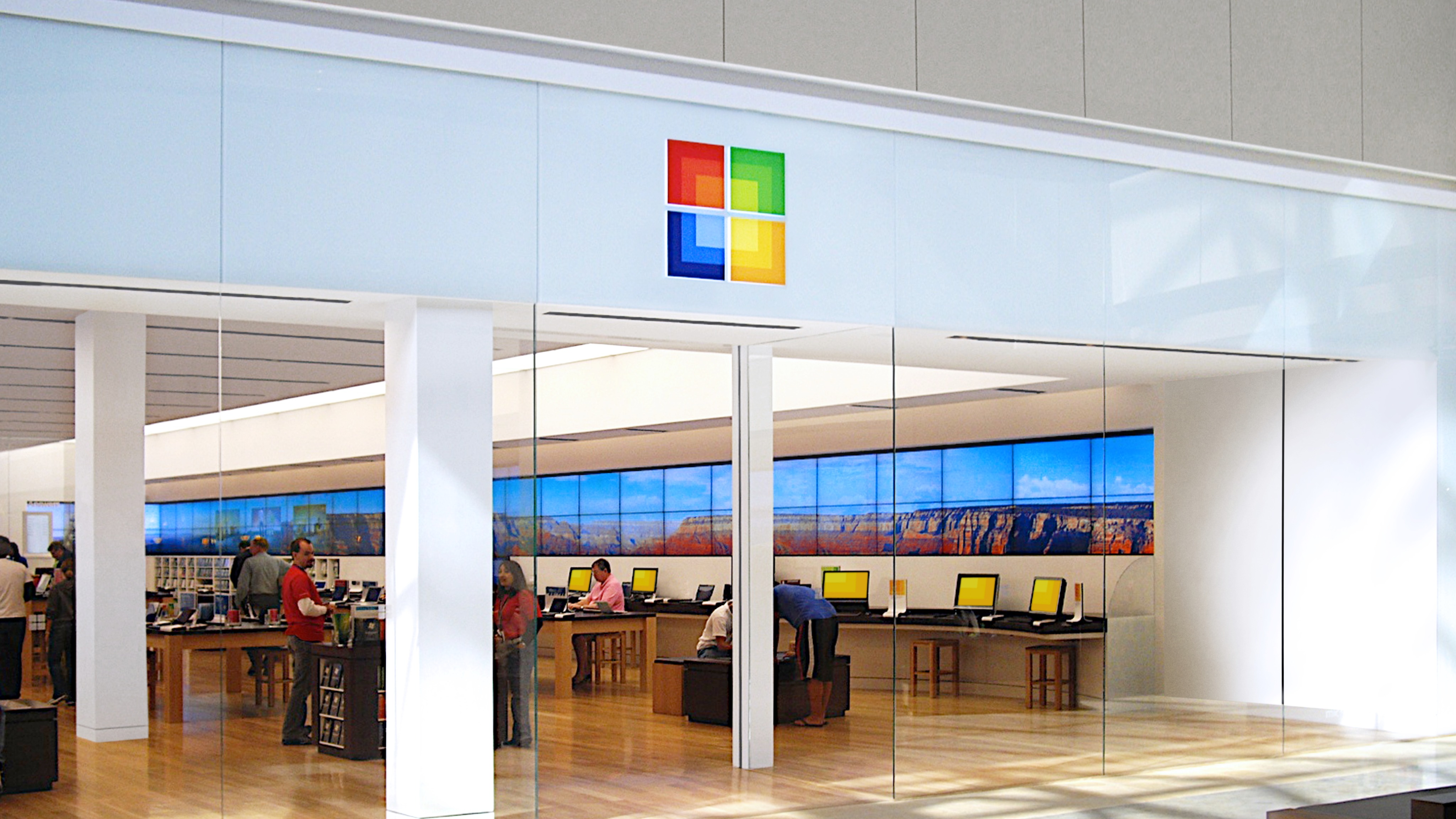Microsoft has rolled out a new updated version of its AI Copilot assistant, featuring enhancements that provide the chatbot with a more conversational and friendly voice.
Launched on Tuesday, the latest version of the AI assistant can also analyse web pages for users as they browse, thereby improving the overall user experience.
Mustafa Suleyman, Chief Executive of Microsoft AI, told Reuters that the company has enlisted an “entire army” of creative professionals, including psychologists, novelists, and comedians, to enhance Copilot's tone and style. This effort aims to make it more engaging and personalised during users’ interactions.
The update is one of the first major projects overseen by Suleyman since the creation of his division in March, which focuses on consumer products and technology research.
In a recent demonstration, Copilot was asked to provide housewarming gift ideas for a friend who doesn’t drink wine. During the chat, the AI assistant suggested: “Italian olive oils are the hot stuff right now. Tuscan’s my go-to. Super peppery.”
Copilot’s voice features aim to make it a more responsive and active listener, with the AI chatbot also offering verbal acknowledgements like “cool” and “huh” during conversations.
With this move, Suleyman is revamping the image of Microsoft, historically associated with its dominance in business software, through the latest Copilot enhancements. The firm is entering into competition with other AI chatbot specialists such as Google and Meta.
The new AI assistant is available to consumers for $20 per month as part of the Copilot Pro Plan, which gives subscribers access to a range of features, such as the ‘Think Deeper’ function. This function helps users make decisions by providing advice on various options, such as which city to move to.
Additionally, a test function called Copilot Vision allows users to ‘digitally point’ at elements of a web page in the Microsoft Edge browser and engage in a discussion about what they see.
Latest News
-
Reddit ‘challenges Australia’s under 16s ban’ with lawsuit
-
BBVA expands ChatGPT to 120,000 employees
-
BIS and Central banks test post-quantum cryptography in payments
-
UK government launches new MedTech qualifications to fight skills gap
-
UK scientists get priority access to advanced AI through Google DeepMind lab
-
Uber Eats rolls out robot couriers in Leeds
The future-ready CFO: Driving strategic growth and innovation
This National Technology News webinar sponsored by Sage will explore how CFOs can leverage their unique blend of financial acumen, technological savvy, and strategic mindset to foster cross-functional collaboration and shape overall company direction. Attendees will gain insights into breaking down operational silos, aligning goals across departments like IT, operations, HR, and marketing, and utilising technology to enable real-time data sharing and visibility.
The corporate roadmap to payment excellence: Keeping pace with emerging trends to maximise growth opportunities
In today's rapidly evolving finance and accounting landscape, one of the biggest challenges organisations face is attracting and retaining top talent. As automation and AI revolutionise the profession, finance teams require new skillsets centred on analysis, collaboration, and strategic thinking to drive sustainable competitive advantage.
© 2019 Perspective Publishing Privacy & Cookies











Recent Stories